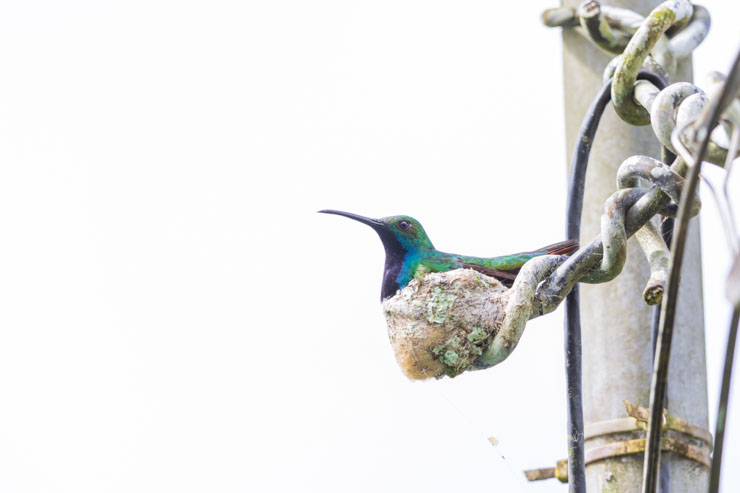
In this age of polarising perspectives and the politicising of even the most benign of things, nature proceeds as she always has – whether according to our self-imposed rigid rules or not. After all, our understanding of nature is premised on observation, and if we observe more, we understand more. Problems arise when we take what we already know and assert that that is all that needs to be known, ever. Nature is fluid, academic categorisation isn’t – and so we need to remain open and willing to learn. Prime example is the now necessary rewriting of astronomy textbooks after analysing observations from the James Webb telescope in 2024.
In the world of birds, we are still learning via our own observation. Species we already acknowledge as being socially complex attract more attention from us, and we are already predisposed to accepting that their lives have more details to be unraveled. The Ruff, for example, has a complicated courtship and breeding strategy that has led us to understand that three separate types of males exist, each with different strategies to pass their genes on to the next generation. These distinct behavioural traits manifest as external characteristics: the large, ornately plumaged and “typical” males, smaller “satellite” males that serve as a sort of entourage for the conspicuous typical males, and a third type of male with a gene inversion that has led to them superficially looking like females while retaining their (actually enlarged) testes. Read more about this here and here.
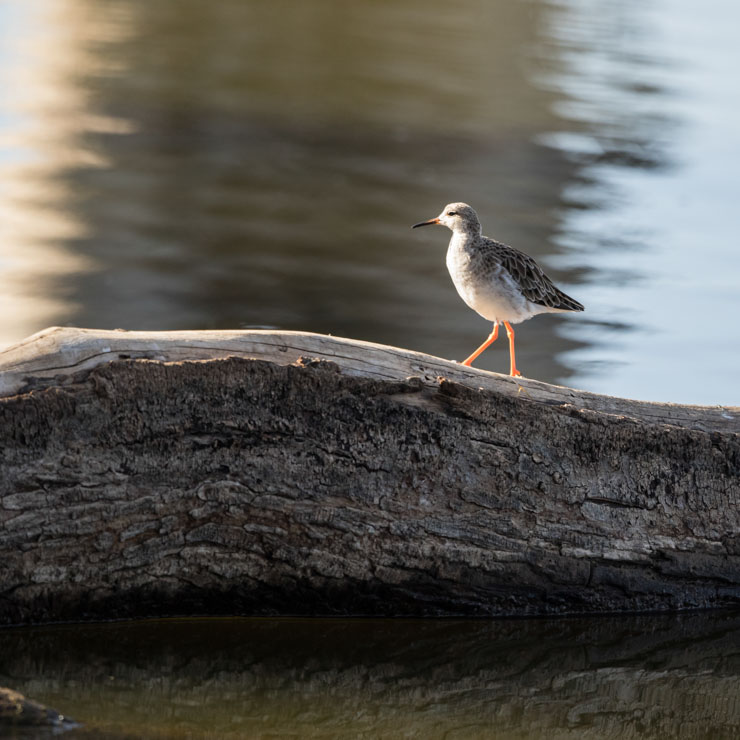
Ruff
Here in the Neotropics, we’ve observed variations in some species that we’re just beginning to understand. Arguably more difficult to study than waders, hummingbirds enthral and mesmerise with their impossibly fast-paced lifestyle. While many species of these winged jewels have elaborate courtship rituals as well, these often unfold high in the forest canopy or far too quickly for us to raise our binoculars (or close our mouths in amazement). These fleeting moments aren’t friendly for those of us taking notes. With determination, however, we’ve unlocked some new information about some of the more common species.
The ubiquitous White-necked Jacobin is a conspicuous and aggressive resident of much of Central and South America. Due to the high frequency of observation as well as the clear sexual dimorphism exhibited, keen observers noted that some females took on the plumage of males. Researchers studying this species in Panama noted that nearly 30 percent of female White-necked Jacobins caught and sexed between 2015 and 2019 were in full adult male plumage. Further studies (such as this one) have found the same phenomenon in several other species of hummingbirds, suggesting that female ornamentation is driven by something entirely separate from what determines the same thing in males. We’ve long accepted that birds look a certain way due to sexual selection, but the preponderance of female-limited polymorphism whereby some females don male plumage is encouraging us to look to other, socioecological factors for an explanation.
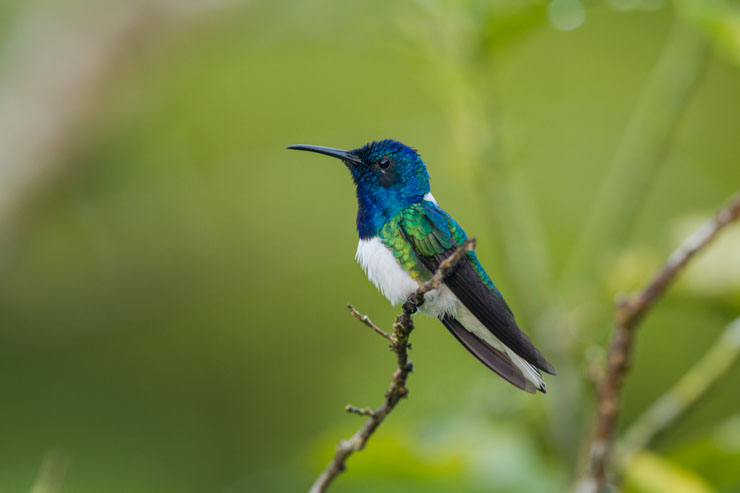
In general, the White-necked Jacobin is a polymorphic species, with distinct plumages for adult males, females, and juveniles. Pictured here is one in the typical vibrant adult male plumage.
The mindset of birds (and all other animals) being essentially autonomous, mindless, non-sentient, and binary creatures is now clearly something of the rapidly retreating past with the advent of this new information. For there to be social factors at play, there must be more than what meets the eye. They’re not simply flying around, feeding, mating, and dying for our entertainment. They all have complex lives of their own, whether we see them ourselves or not.
Surely, with the passage of time and more birders observing and documenting birds in their rapidly changing habitats, we are bound to witness more behaviours that challenge conventional knowledge. While the White-necked Jacobin has achieved recent notoriety for its male-plumaged females, I am currently monitoring a male-plumaged Black-throated Mango raising a brood of its own in Trinidad. While I cannot say with certainty that it is a female bird, I have been unable to find any records of male hummingbirds of any species having any interest in nest-building, incubating, or playing any role in the raising of young. Despite some accounts of males taking part in the incubation process, there is overall not enough evidence to conclude that there is reasonable male involvement. Some male hummingbirds have been noted to stand guard near to where the female has built the nest, occasionally chasing away intruders – but this can be attributed to their instinctive aggression as opposed to nest defence, as many hummingbirds are polygamous and do not have any particular attachment to a single mate.
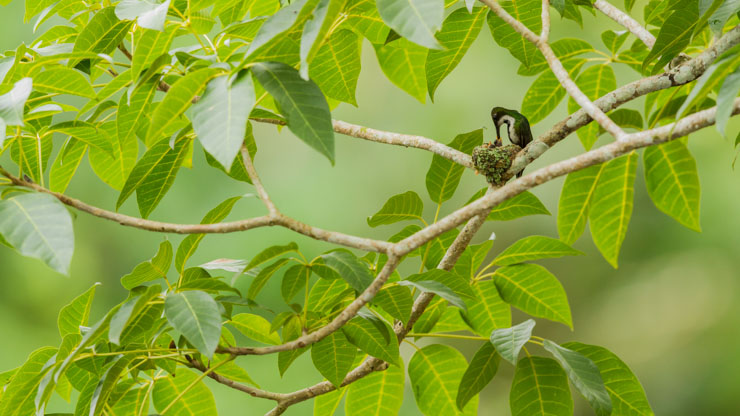
A “typical” female Black-throated Mango feeding babies in a nest.

The male-plumaged Black-throated Mango that inspired this article.
There have been four previous records of male-plumaged Black-throated Mangos on nests, two on Trinidad, one on Tobago, and one in Brazil. I could not find any information on the percentage of females of this species that exhibit male plumage, but at the very least it is encouragement for further observation. The Black-throated Mango is a strongly sexually dimorphic species, but unless caught and sexed, there is little one can do to definitively state that one is male and the other is female.

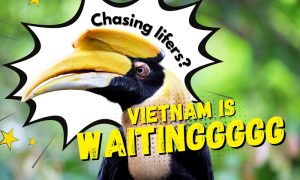

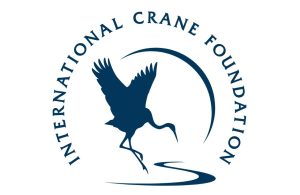







Very interesting!